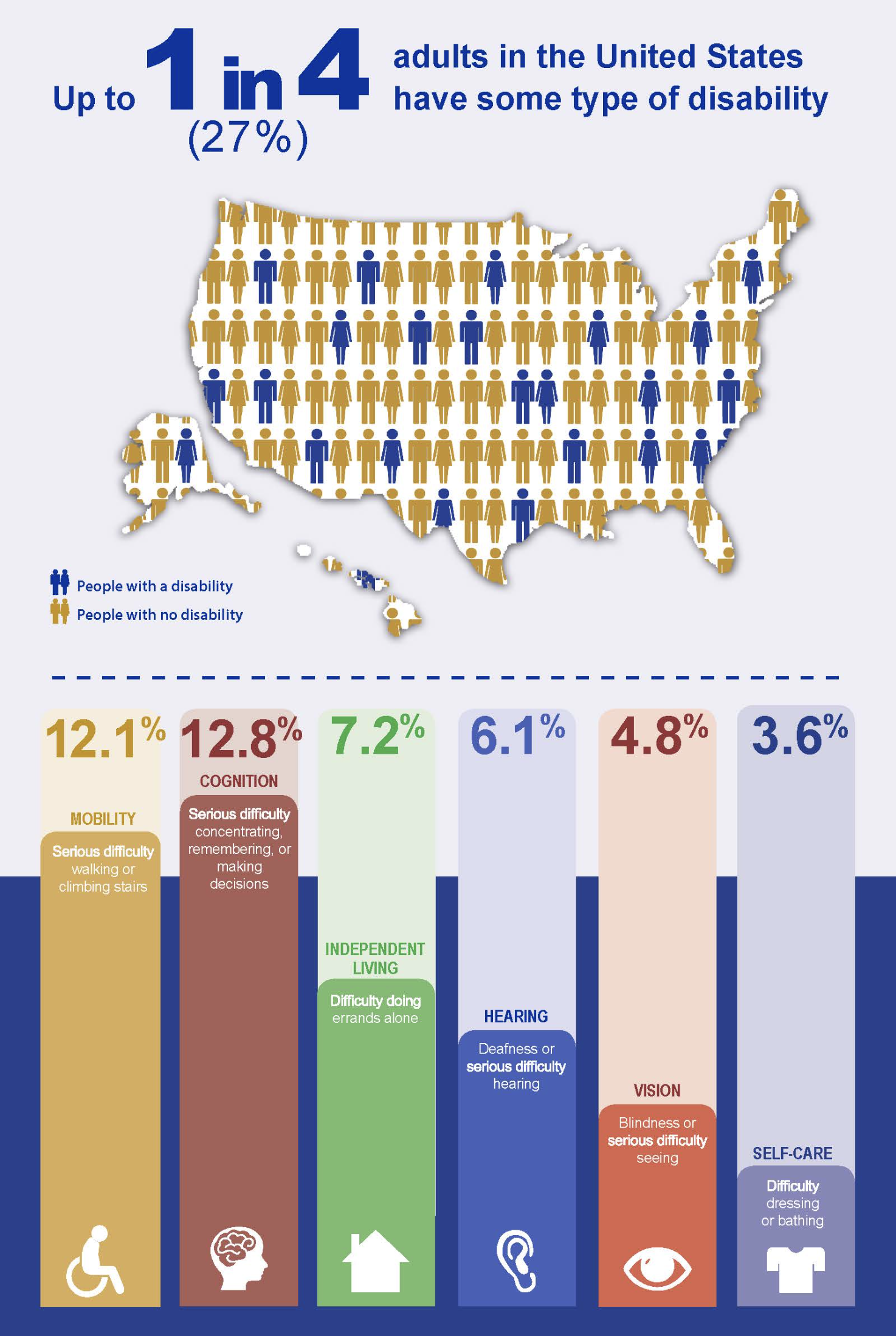Canvas Syllabus Template
The Canvas Syllabus Template is an HTML version of of the UIS syllabus provided by Academic Affairs. It contains elements of both the on-campus and online/blended syllabus templates. The template was created using Design PLUS, a toolbar for creating advanced HTML pages without knowing how to write code. Learn more about enabling and using the Design PLUS toolbar.






